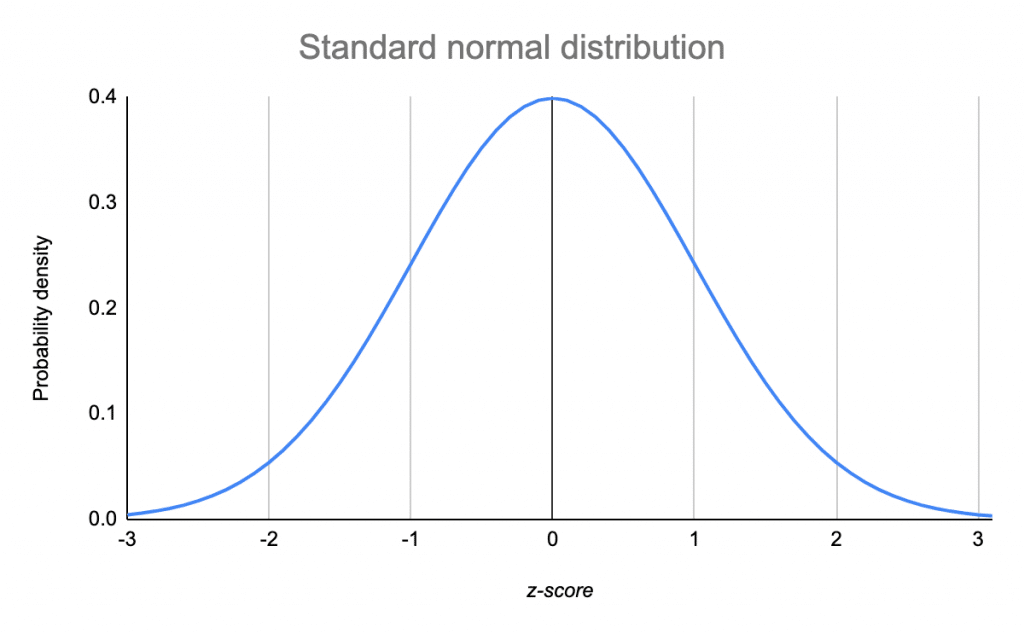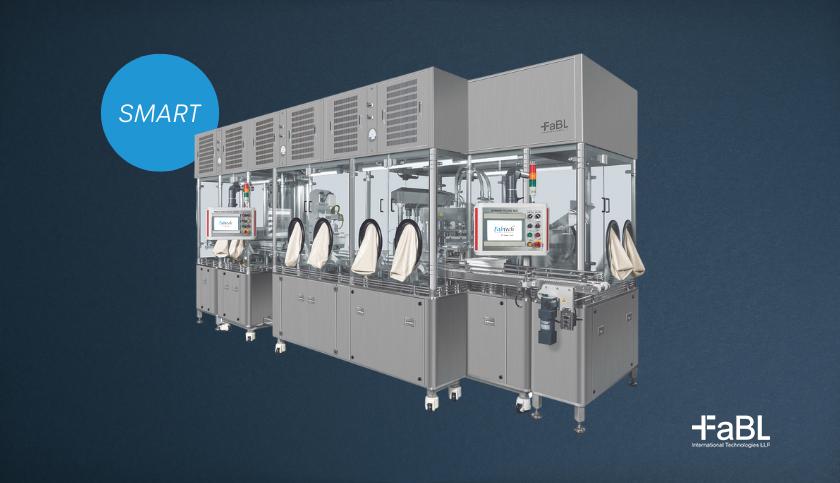The role of granulation in tablet manufacturing is indisputable. The formation of granules, if characterized optimally, enhances the uniformity of the API, and has significant impact on the tablet's flowability and compressibility.

As we all know, several manufacturing unit operations are undertaken prior to tablet compressing, including wet granulation to agglomerate 'fines' and form appropriate size particles.
However, there remains a great degree of fog index in understanding the right amount of granules versus fines needed in tablets for proper compression.
Therefore, it is imperative to study this critical aspect that has an important resultant aspect in granulation.
Let us have a closer look at the issue to understand it better.
When one wet granulates a dry mass of fine powder to get agglomerates and further dries them into granules, the idea is to get discrete particles that can flow into the die cavity and remain fused to one another when compressed. Subsequently, if all the powder gets converted into discrete granules, they will likely flow well. However, it also cannot be denied that the resultant product may have an unappealing surface upon fusing into tablets without the required level of cohesiveness.
This certainly clears the air about the need for some fine powder that can fill the cracks caused when the granules are fused.
This leads us to the next apparent question: choosing the right proportion?
Well, this question can be well answered with a simple – ‘no right proportion’. However, the ratio does vary with the tablet size and shape.
Let us cast some more light on the subject with the help of statistics using a natural graph form.
STATING THE STATS
Nature has given us this wonderful gift of what we call NATURAL DISTRIBUTION! This continuous probability distribution consists of any population, be it people, students, mass-produced units, or granules that fall into five categories. The groups are in essence a large group in the centre which we call the average, followed by two small groups to the right (above average) and two to the left (below average). This results in a Standard Bell Curve, as picturized below. Now in the case of granules, the X-axis would be the granule size (mesh Size), with Y-axis being the percentage. Now let us imagine a shifting curve, and let us say that if the curve shifts towards the right side (finer particle size), it would be most suitable for smaller tablets and vice versa for the left side shift, i.e. for bigger-sized tablets.

Imagine the X-Axis to be granules mesh sizes from #20 mesh to 100 mesh from left to right, and the Y-axis to include the weight of the granules from a sample lying in that region. What you get is a Standard Bell Curve with the centre band showing the maximum population of granules. This is similar to what happens with the tablet granulations as well. One can and indeed one needs to control that the central band lies in the finer mesh fraction for smaller tablets and the larger mesh fraction in granulations meant for larger tablets. One can imagine a shifting bell curve that shifted right for smaller tablets and left for larger tablets.
Thus, it can be stated that there is no fixed ratio of the Granules vs Fines that can cover all tablets in terms of a fixed mesh range. Instead, the average mesh size bracket changes and shifts and the groups on either side stays attached.
A word here about Direct Compression excipients:
MCC comes in 2 major sizes, one for larger tablets and the other for smaller tablets. So do lactose and starch and other dis-integrants in many sizes. It is also noteworthy to mention that in all these cases, the particle shape of these excipients is near-spherical; hence, they flow regardless of their sizes. So it is safe to conclude that the general myth about fines not flowing is misconstrued. Perhaps, the fines that we generate out of milling operations (as opposed to sieving operations) lead to roughly down-sized granules that get far de-shaped, resulting in more friction and lesser flow.
About Fabtech
Fabtech is a dynamic pharma engineering solution provider where technological prowess is deeply intertwined with resolute action. Each of our large array of granulation equipment is a key driver that serves our client's purpose with utmost potential and optimized functionalities, thereby having a positive bearing on the end product.
Our granulation equipment includes varieties of fluid bed processors, fluid bed dryers, rapid mixer granulations, tippers, vibro sifter, conta blenders, and starch paste vessels, lifters, IPC pins, pharmaceutical multi mils, oscillating granulator etc.
We take pride in having a worldwide presence in various projects through our closed-loop granulation line in various projects. Getting emotionally invested in projects comes naturally to us, for we always believe that every engineering step in pharma is a stepping stone in making the world access easy and affordable medication. And that’s what makes us don the hat of a LIFE ENGINEER!
Connect with us and let us together contribute to building a healthier world!




